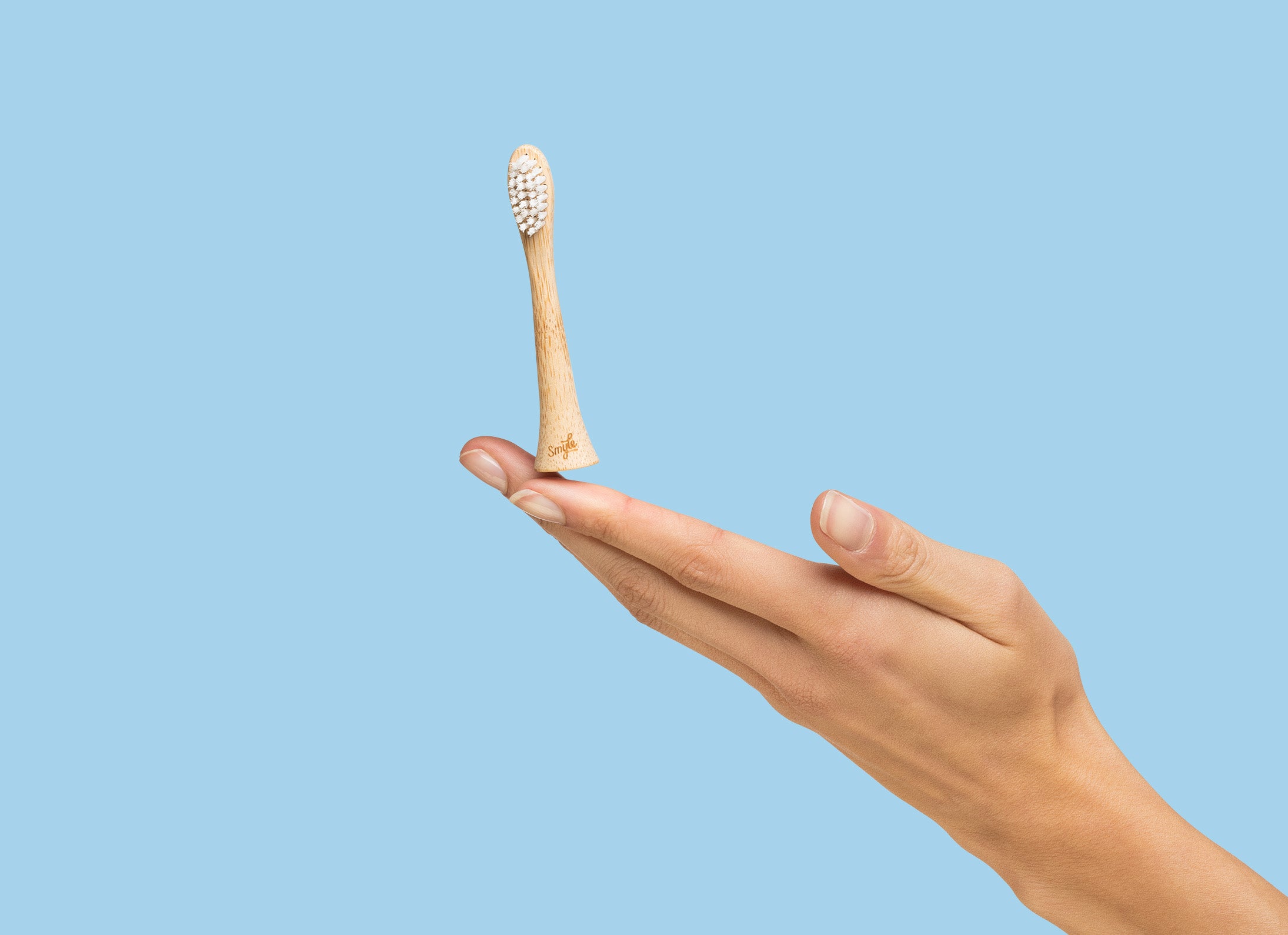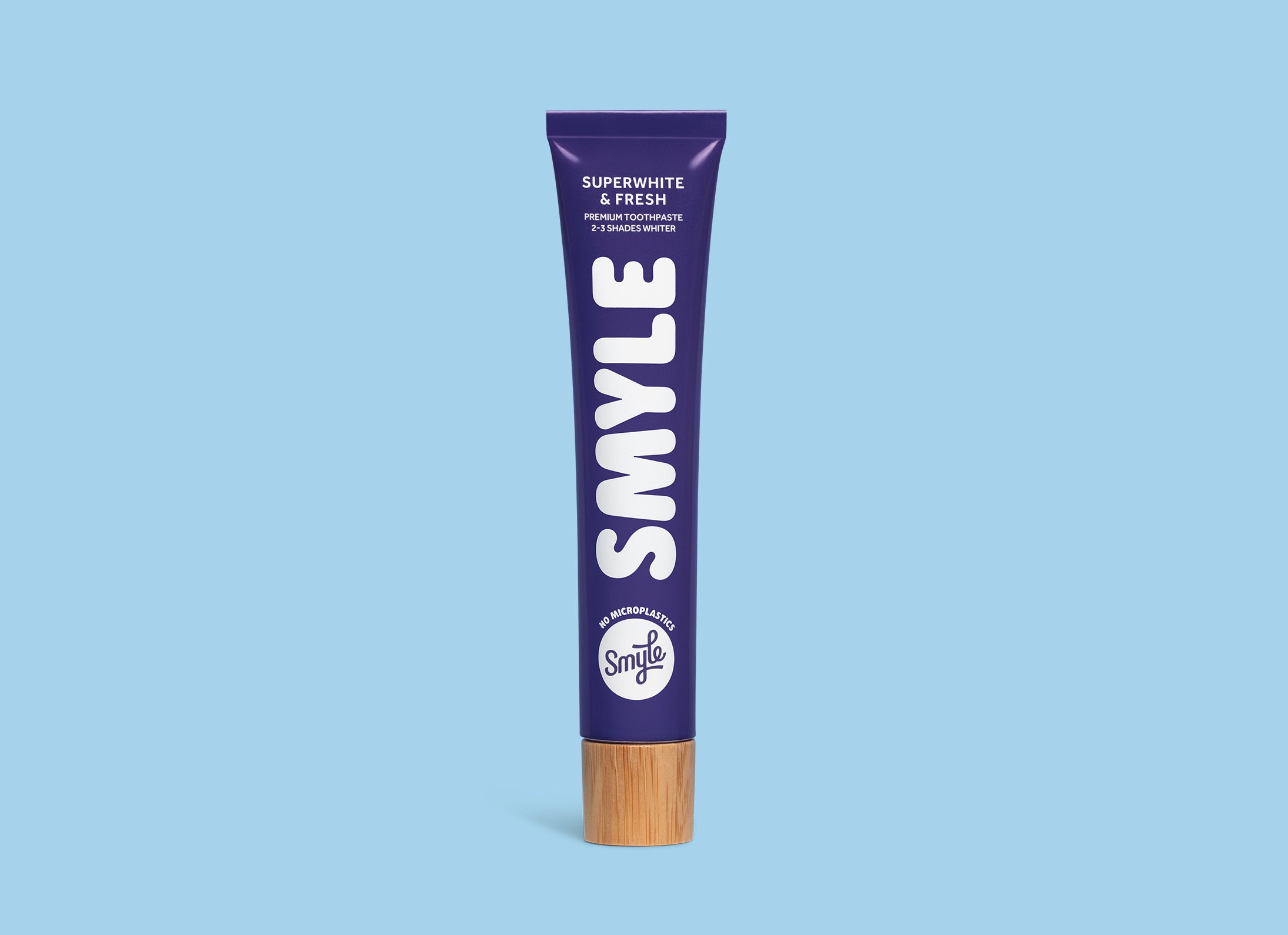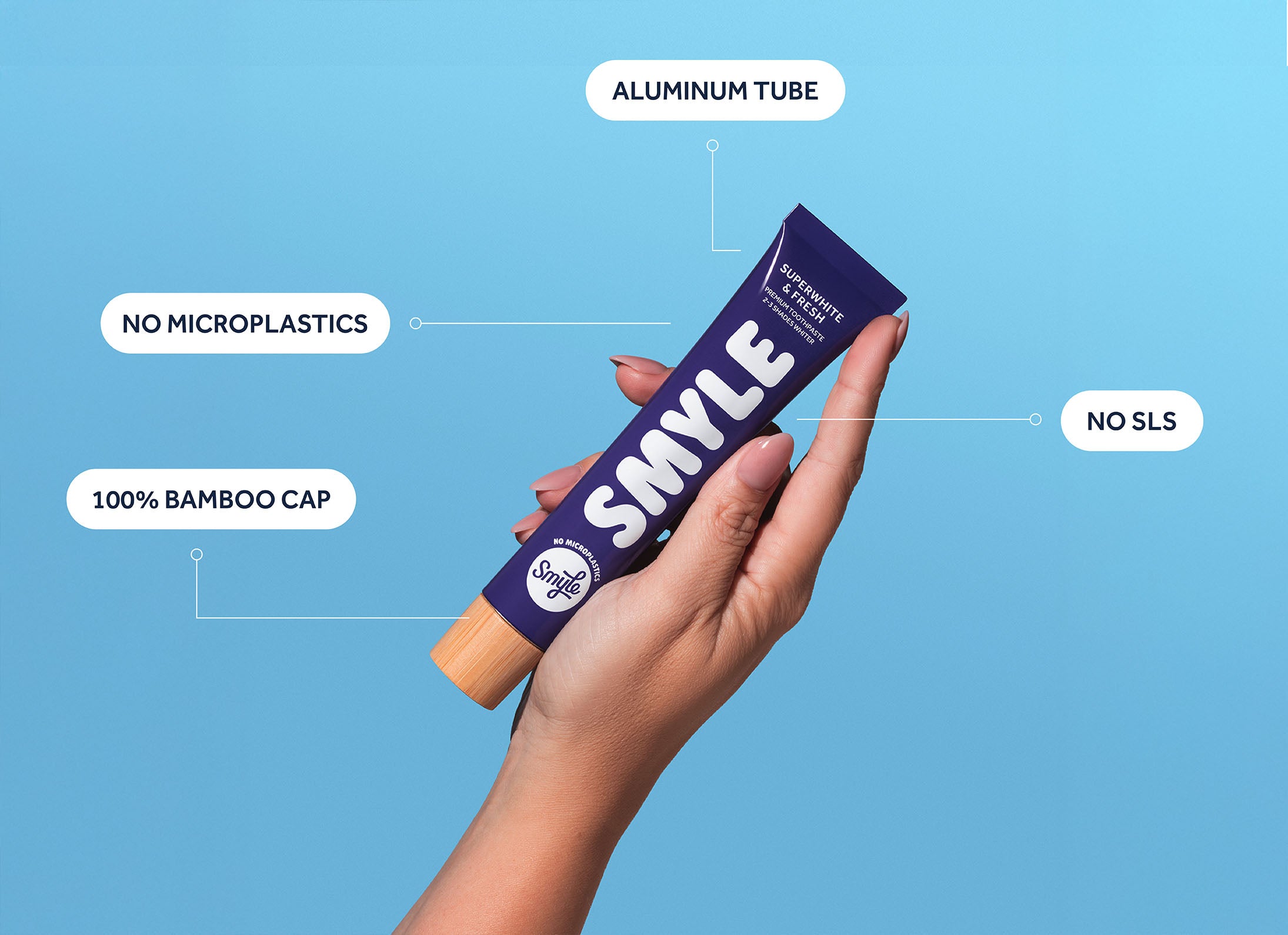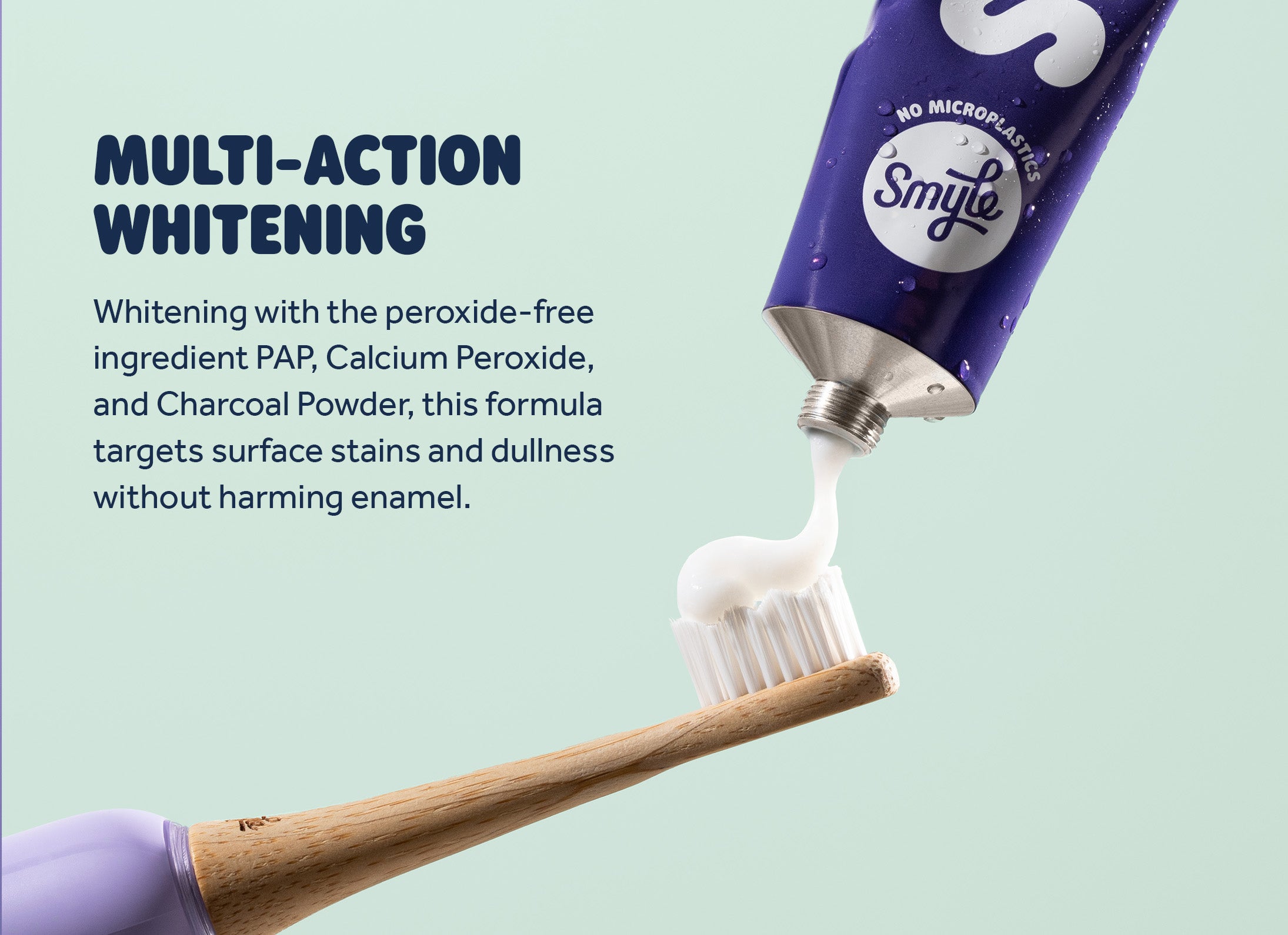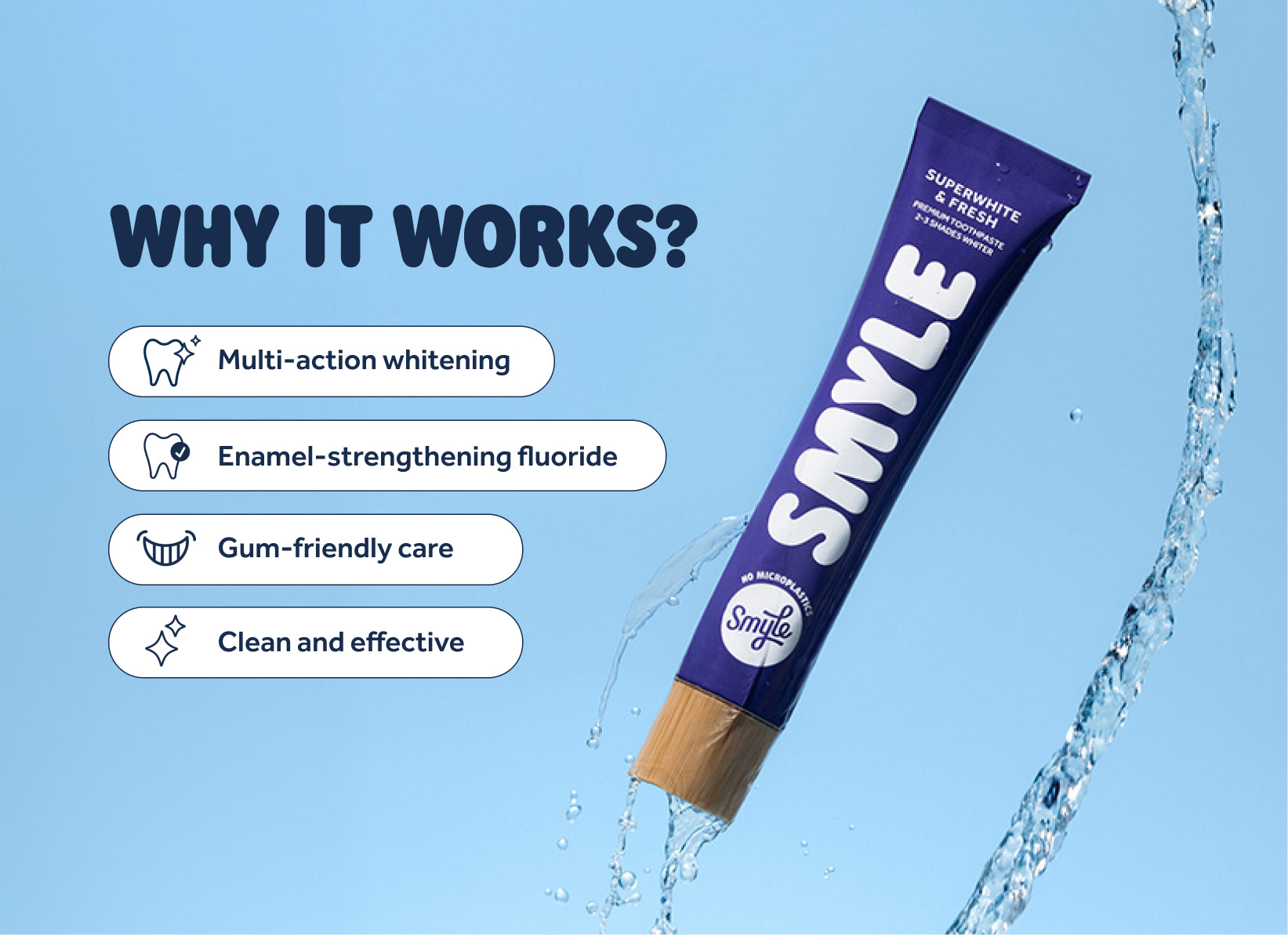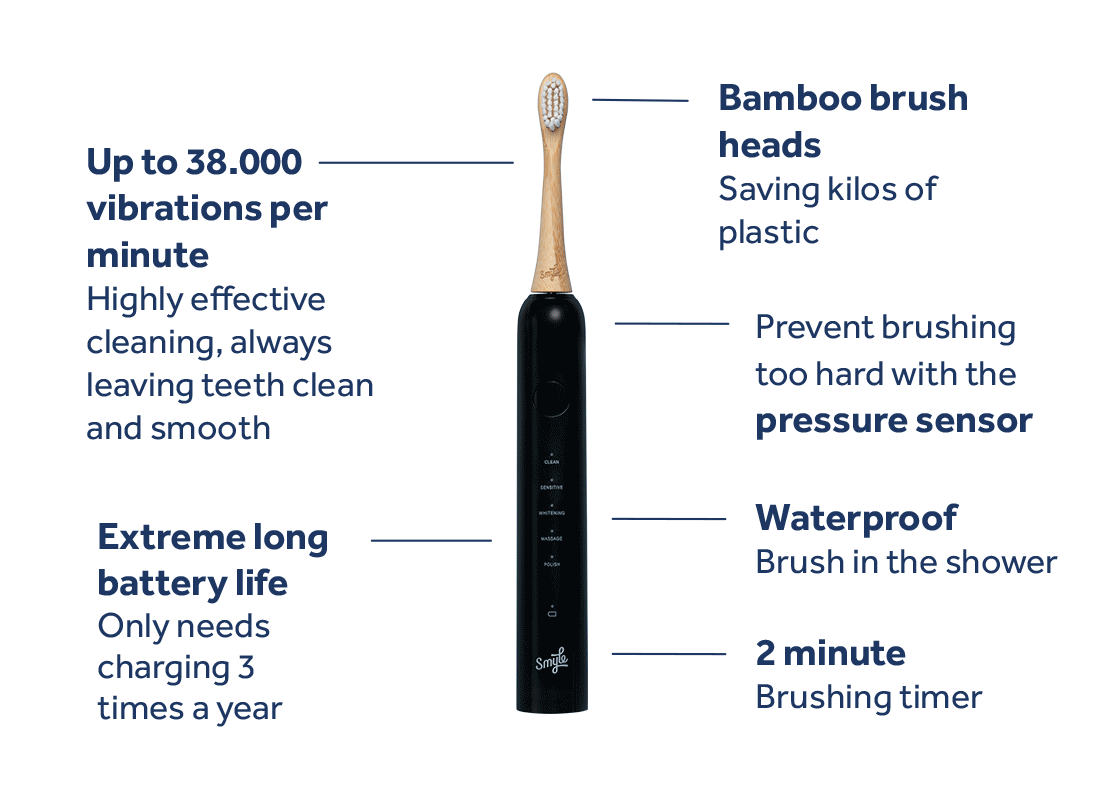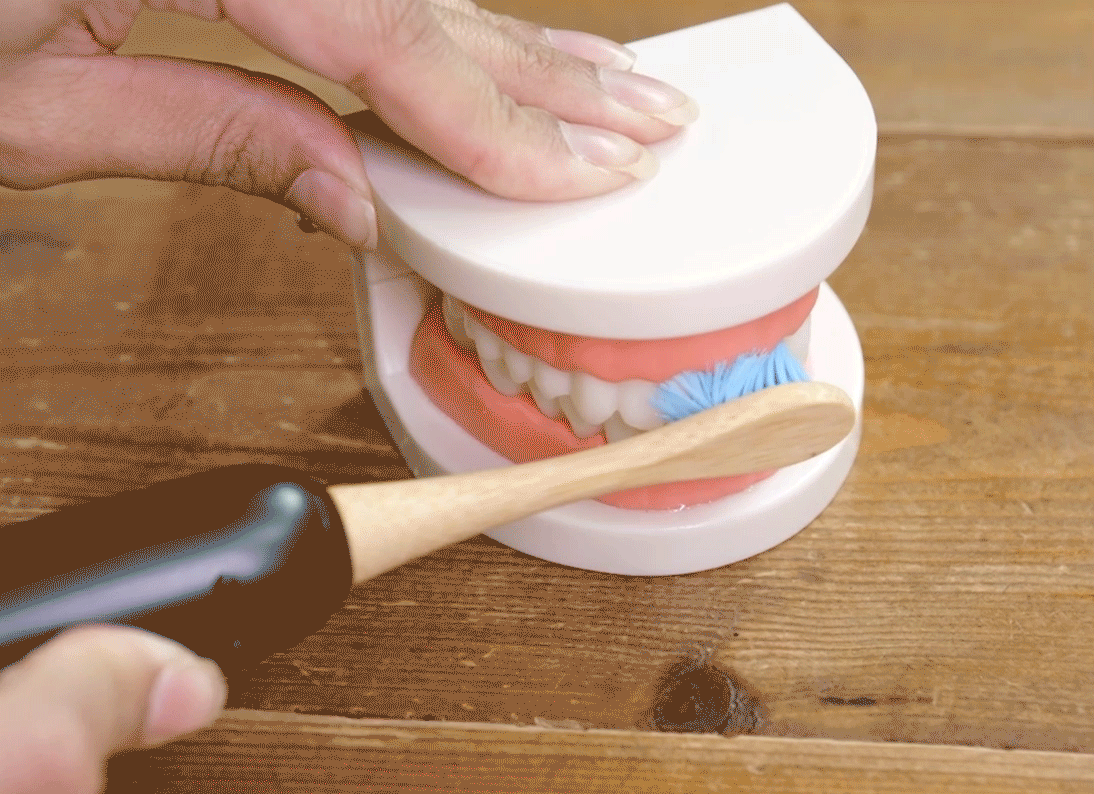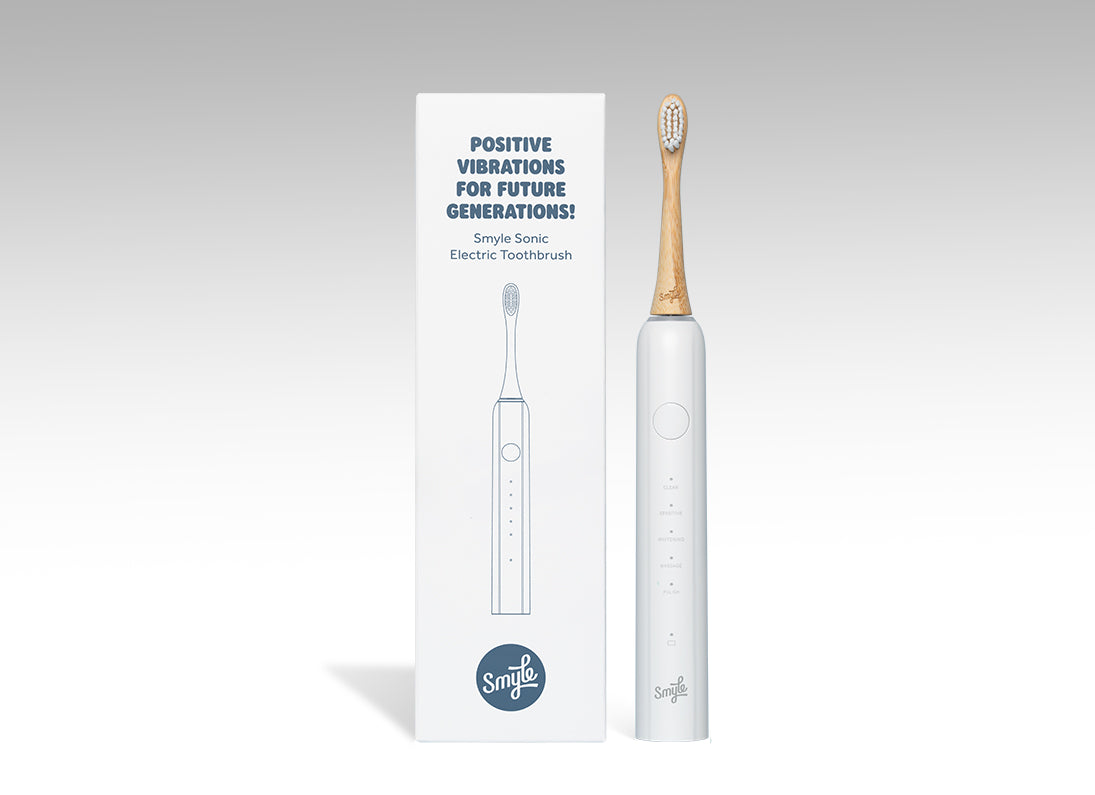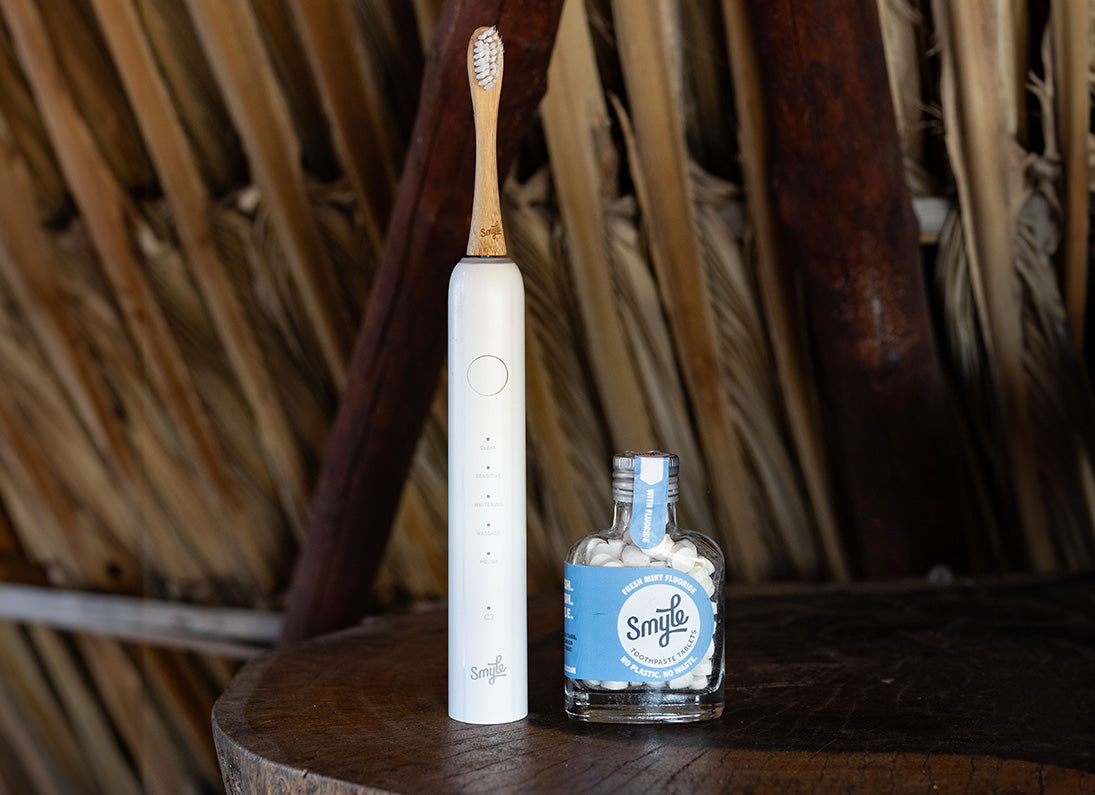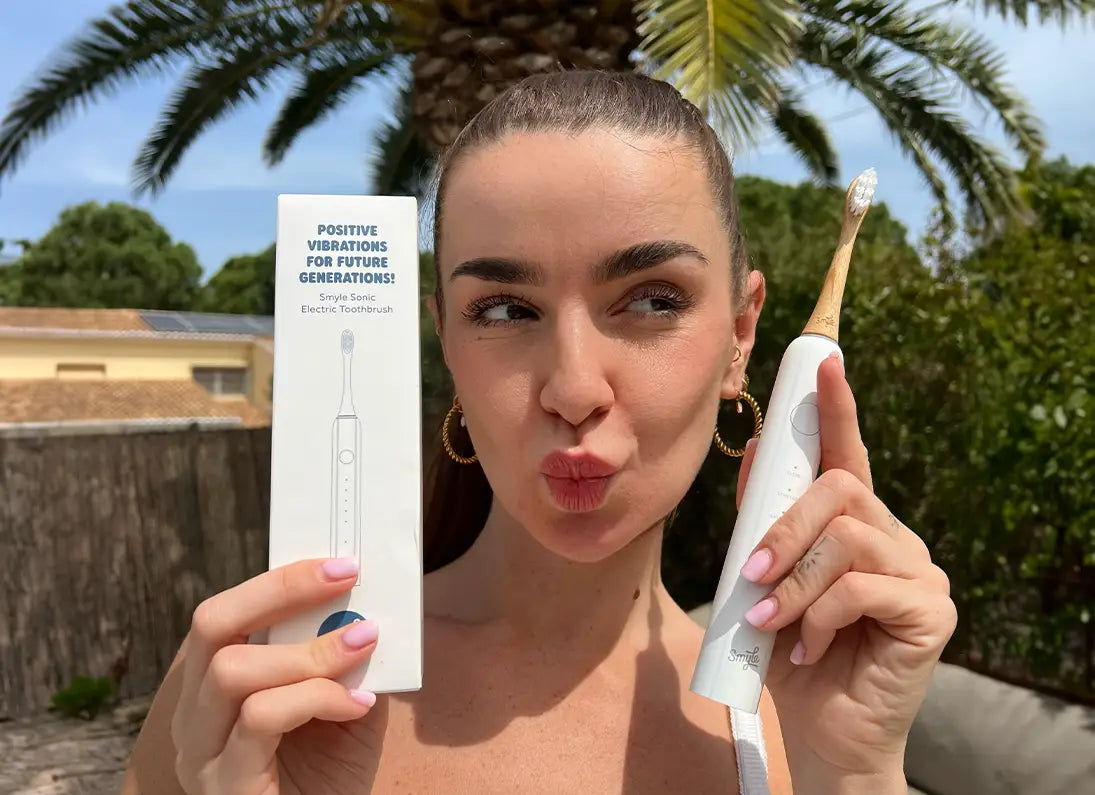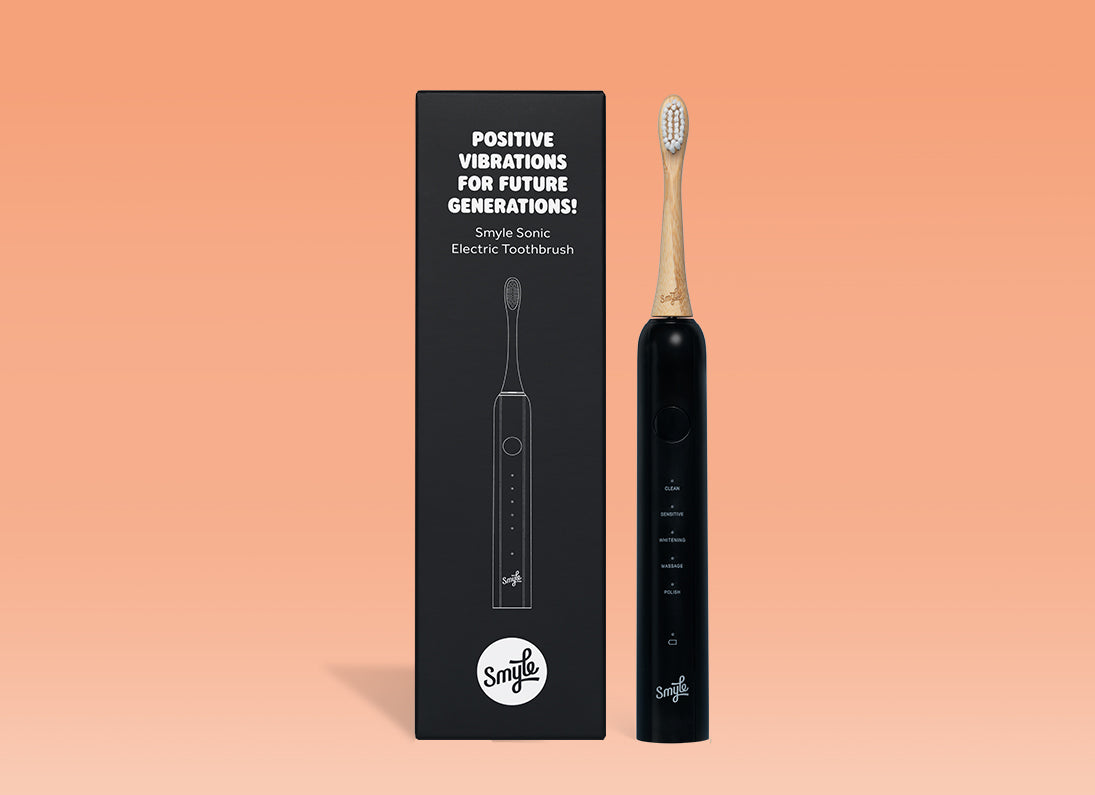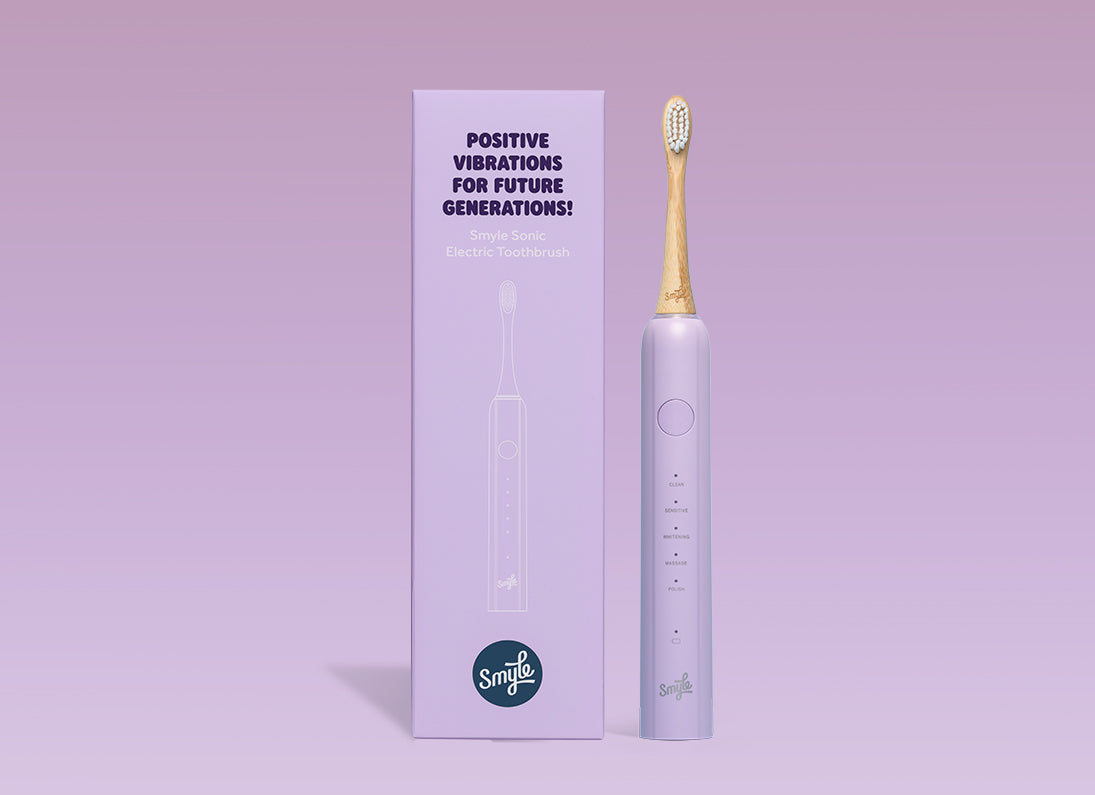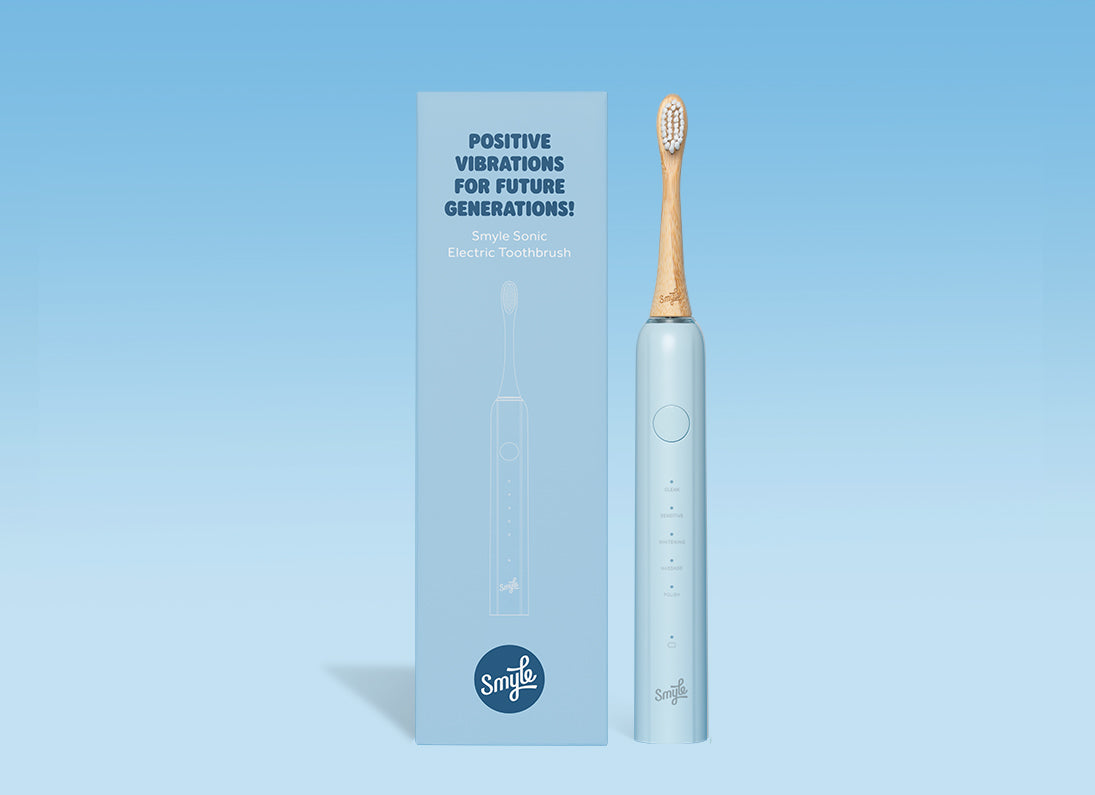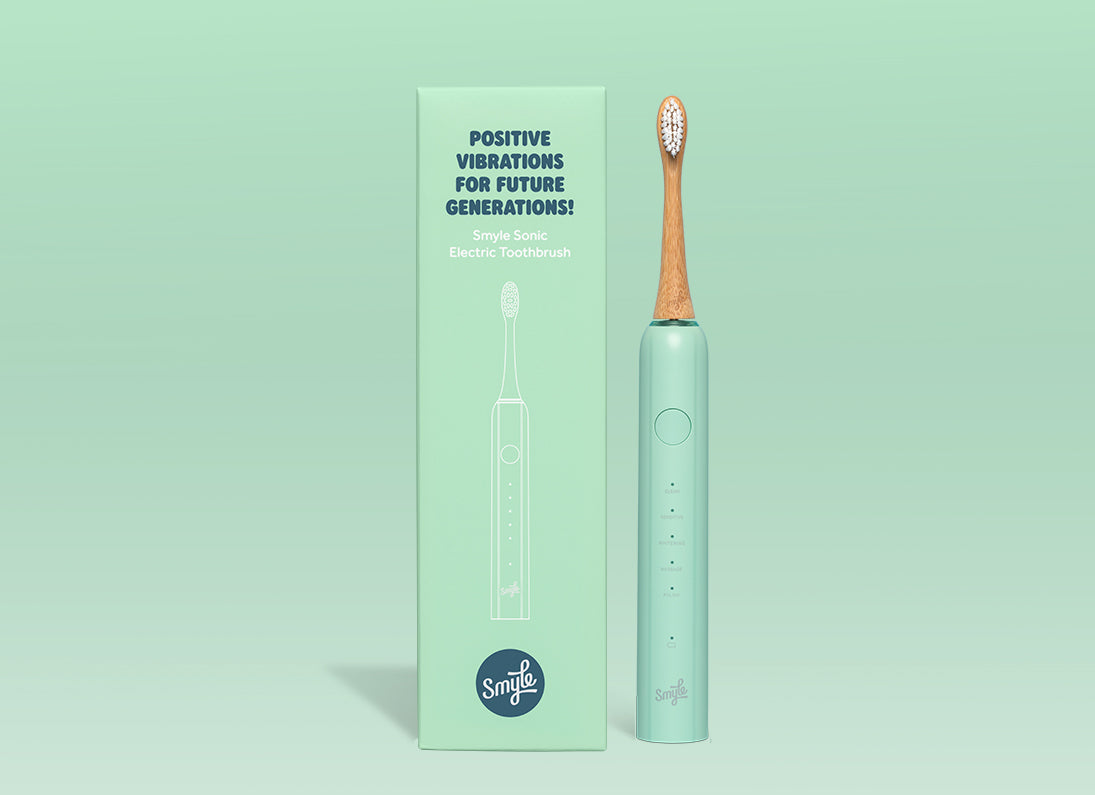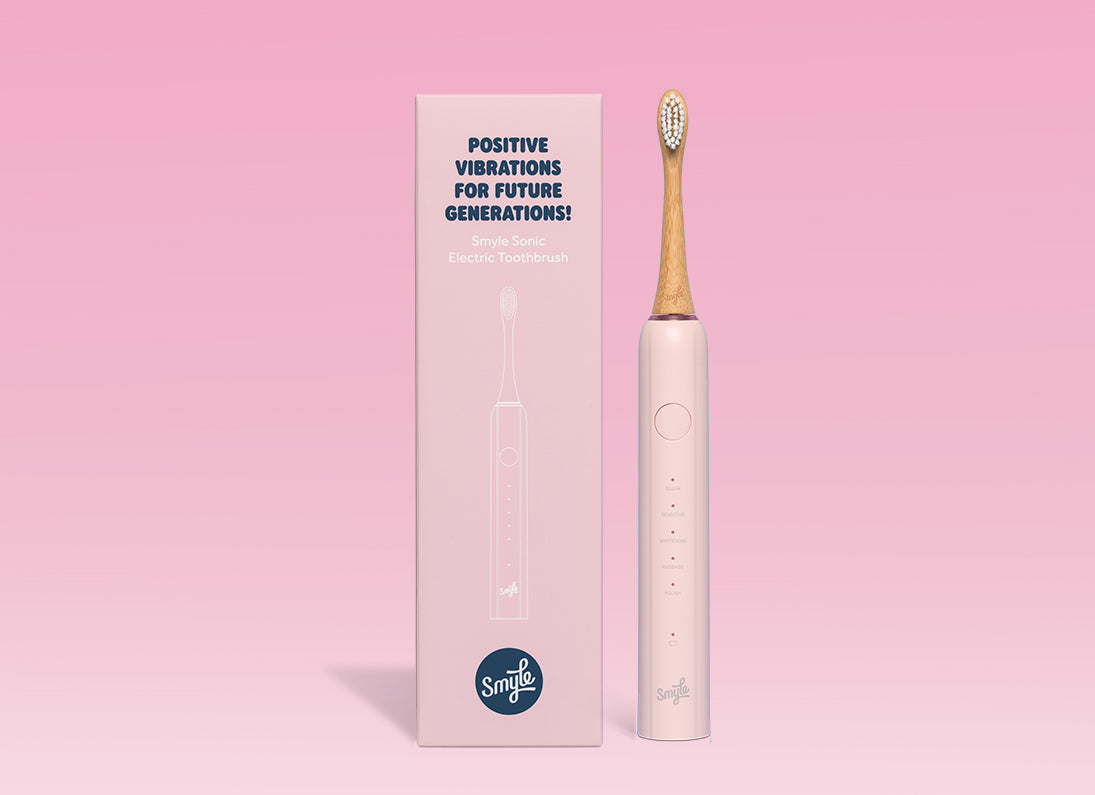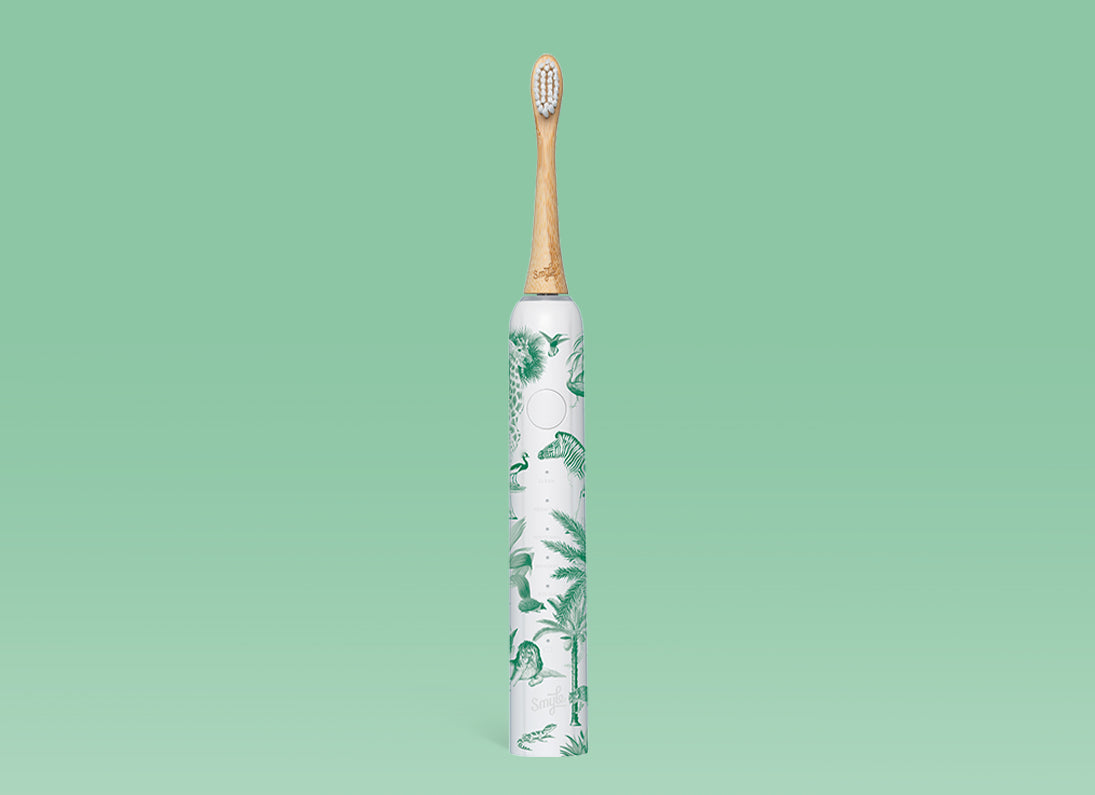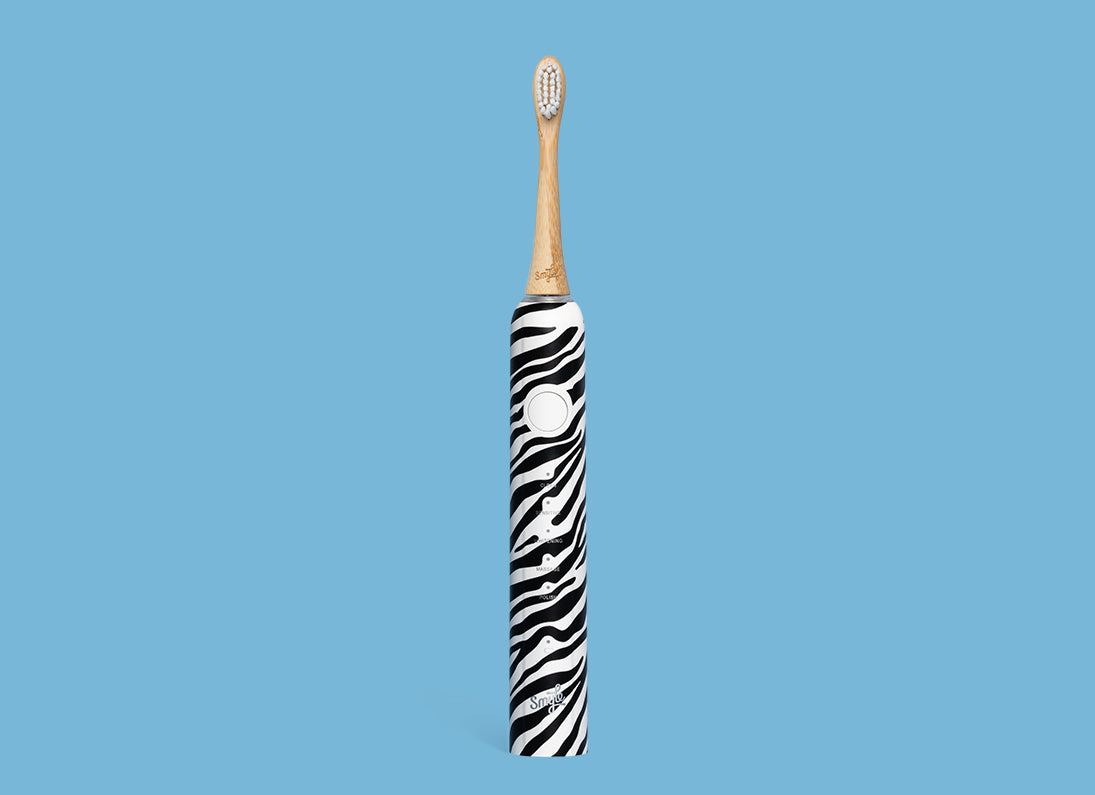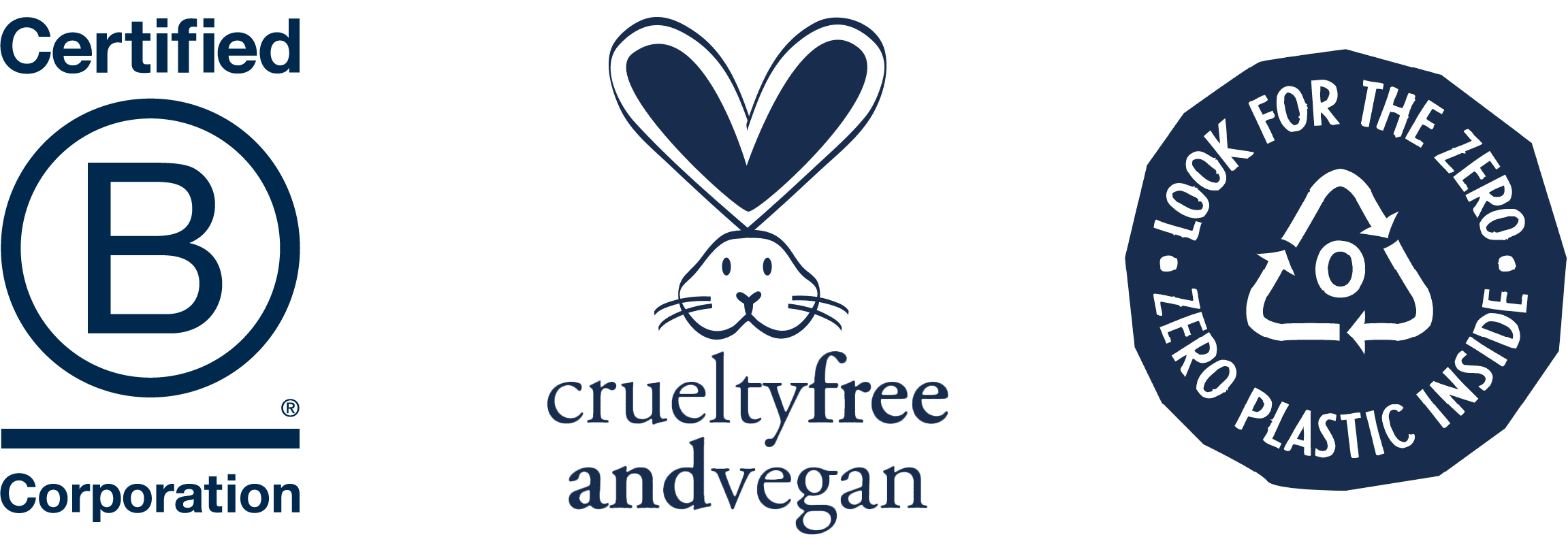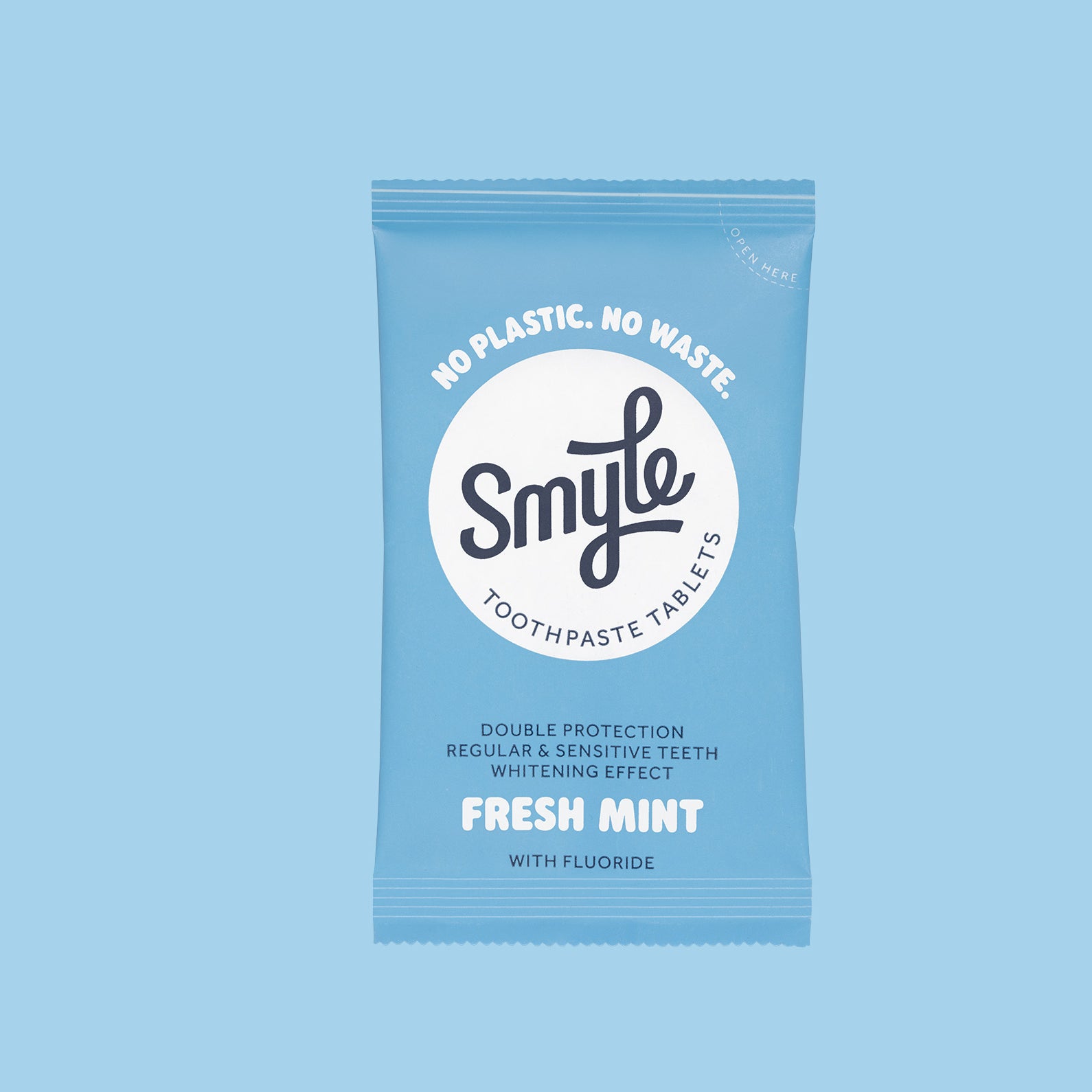
Fluoride is a mineral that you often encounter, especially in toothpaste, but also in our water, food, and even in the air we breathe. While fluoride plays a key role in oral hygiene, there are questions circulating about the potential harmful effects of too much exposure. So, is fluoride bad for you? In this blog post, we will explore this topic further.
What is Fluoride?
Fluoride is a natural substance found in the environment. It is present in the Earth's crust and can be found in almost all water sources, such as rivers, lakes, and oceans. Fluoride is also found in synthetic forms, such as sodium fluoride, an ingredient commonly used in toothpaste and mouthwash to prevent cavities.
The Role of Fluoride in Oral Hygiene
Fluoride plays a crucial role in oral hygiene. It helps protect our teeth from tooth decay by strengthening the enamel and reducing the formation of cavities. This is why fluoride is often added to toothpaste and sometimes to drinking water. It has been proven effective in reducing the incidence of cavities and tooth decay, particularly in children. However, there are also fluoride-free toothpastes available.
Is Fluoride Bad?
But, is fluoride bad for you? The answer is complex and depends on the amount of fluoride someone is exposed to. In small amounts, fluoride is generally safe and beneficial for our oral health. However, excessive exposure to fluoride can have negative health effects.
Long-term and high intake of fluoride can, for example, lead to conditions such as fluorosis. Dental fluorosis can cause discoloration or spots on the teeth, while skeletal fluorosis can lead to pain and stiffness in the joints. However, it is important to emphasize that these conditions usually result from prolonged exposure to high levels of fluoride, much more than what you would normally get from toothpaste or drinking water.
Fluoride in the Industry
Fluoride has applications that extend beyond dentistry and nutrition. In industry, for example, it is used in the production of certain types of glass and steel, and plays an important role in aluminum production. Furthermore, fluoride is used in the chemical industry, particularly in the production of coolants and other industrial chemicals. Even in the medical field, fluoride has found its place: it is used in the manufacturing of some antibiotics and anesthetics.
However, it is important to note that exposure to fluoride in these industries is strictly regulated and managed. Workers who handle fluoride-rich substances are often required to wear protective clothing and follow safety procedures to prevent unwanted exposure.
Other Sources of Fluoride
Beyond toothpaste, we can also be exposed to fluoride through our food and water. In some regions, fluoride is added to drinking water as a public health measure to reduce tooth decay. Fluoride is also found in foods and beverages such as tea and fish.
Fluoride Bad? Balance is Key
As with many things in life, balance is important when it comes to fluoride. While it plays an essential role in oral hygiene, too much fluoride can lead to health problems. It is important to be aware of the various sources of fluoride in our lives and to try to maintain a healthy balance.




